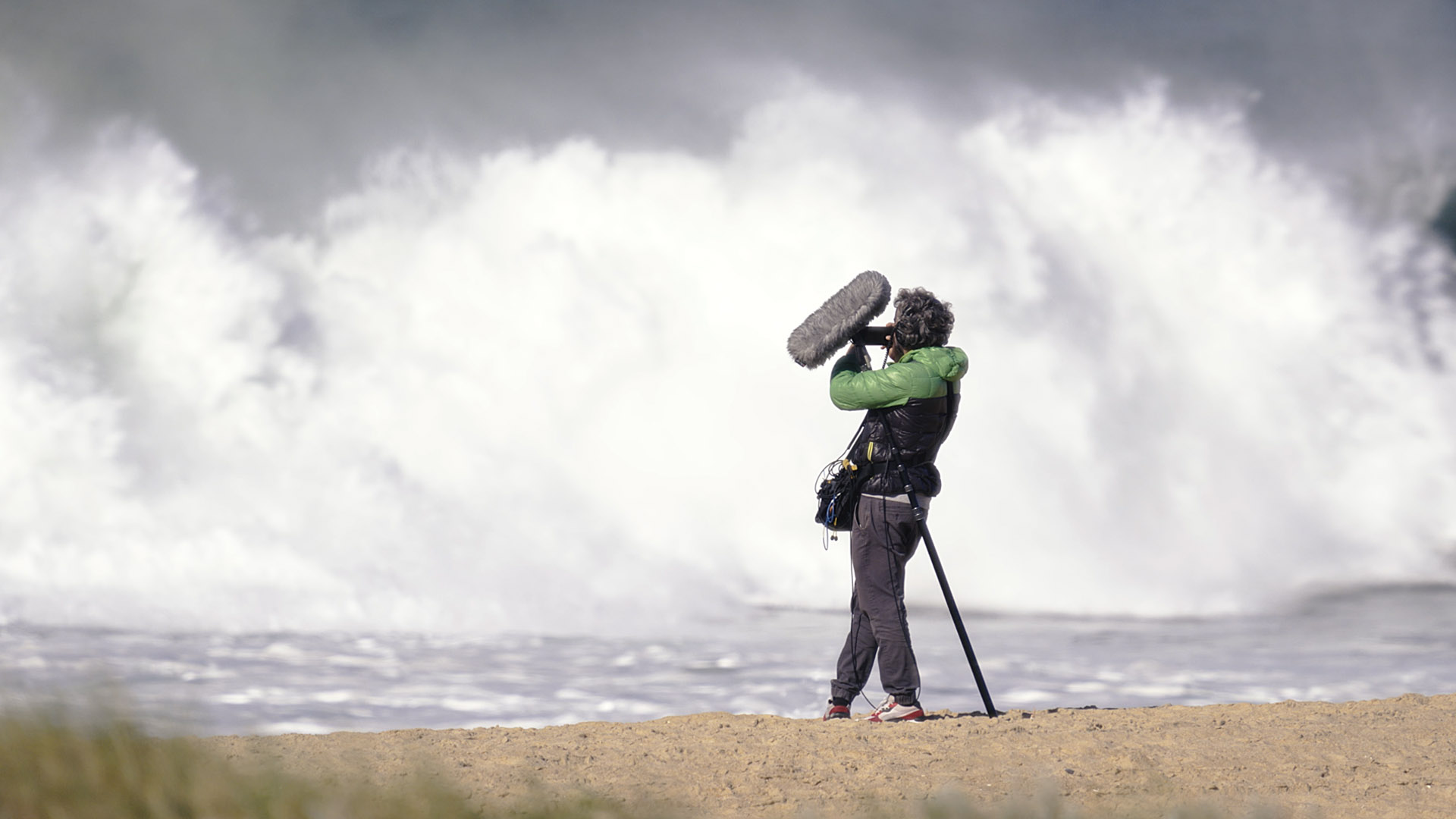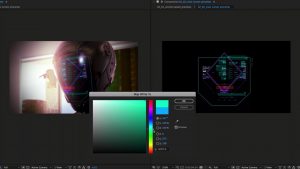In this introduction, we’ll explain the secrets of the field mixer — as well as why you should be using one.
Embarking on your filmmaking journey? The vast sea of equipment and methods can seem daunting. Yet, amidst all the cameras and lighting setups, there’s a pivotal tool that newcomers often bypass: the sloop. Sorry, I had way too many sea puns not to continue with it. No, the tool is the field mixer/recorder. Starting your filmmaking journey with a solid grasp of sound recording can be the difference between a hobbyist video and a professional-looking film. Let’s demystify the essentials and set you on the path to cinematic success with this beginner-oriented guide.
Why Do You Need a Field Recorder?
As you delve into filmmaking and acquire your most essential tool—the camera—you might at first be content with its built-in microphone. This could suffice for home videos. However, for more polished projects, it’s far from ideal. The camera’s built-in microphone is often omnidirectional, picking up sound from all directions. Moreover, sound quality is largely dependent on your proximity to the subject. For short films, you’d need a microphone with a directional pickup pattern. Options include a lav mic or, more commonly, a directional microphone, known as a shotgun microphone.
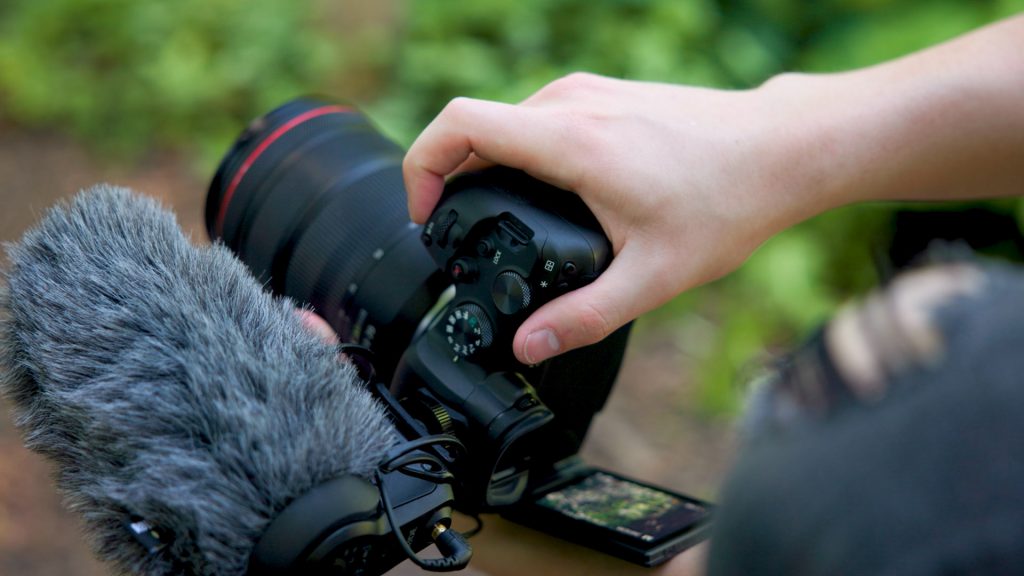
Selecting the lav mic often means the wireless receiver will have a 3.5mm connection, which conveniently plugs directly into many cameras. However, especially with higher-end models, shotgun microphones come with XLR connections. If you’re using a mirrorless camera, connecting one could be challenging. This is where the role of an audio recording mixer separate from the camera becomes indispensable.
In fact, in professional settings, like feature films, it’s unusual for the camera to be the primary audio recorder. Audio is typically captured separately by a sound recordist. (Psst, this is why they clap a film slate at the start of the shot, as it aids syncing during post-production.)
This underscores the importance of a field mixer/recorder in ensuring high-quality sound. Essentially, a sound mixer (or audio mixer or field mixer/recorder) is a device designed to manage, record, and control audio signals from multiple sources, acting as the central hub for sound in a production.
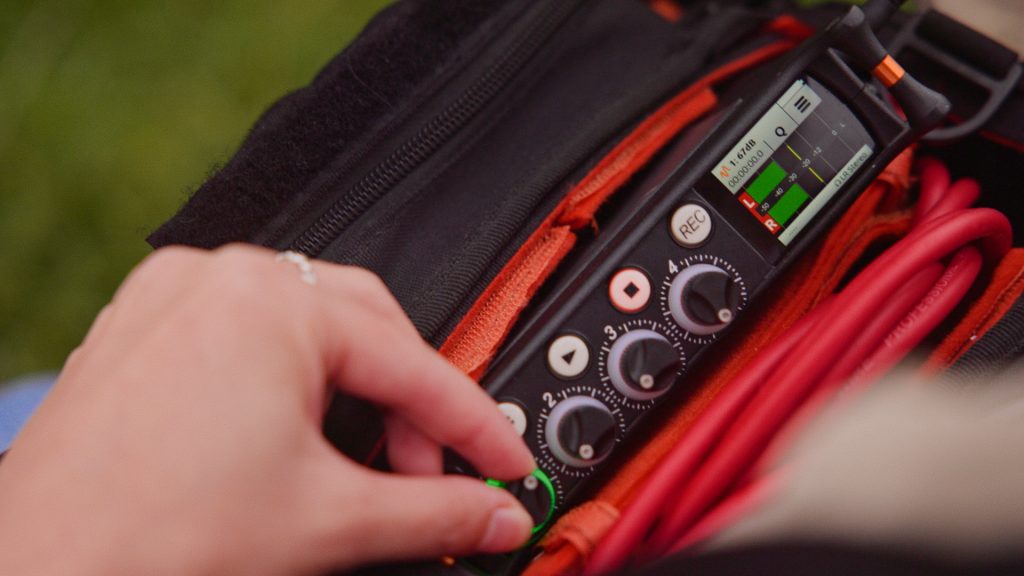
Primary Functions
Why opt for a field mixer over recording directly into the camera?
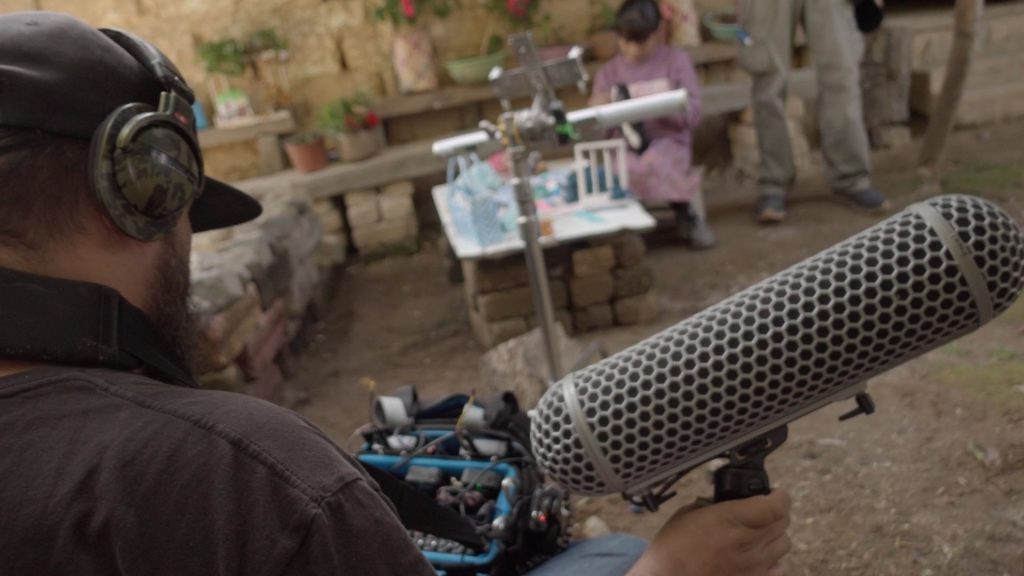
Well, first, let’s look at the sheer functionality vs. recording straight into a camera. On-camera settings can be limited and often lack nuanced control. For example, if in the middle of a take you need to adjust gain because an actor raises their voice, manipulating on-screen camera settings, especially while also holding the camera, is impractical, if not impossible — try adjusting the audio gain on a RED KOMODO via the touch-screen.
- Monitoring and Leveling Audio: Field mixers are equipped with visual indicators that allow for live audio monitoring. Much like how focus peaking works on a camera, these indicators provide immediate feedback on sound levels. This ensures that audio remains consistent throughout a recording, minimizing sudden spikes or drops. Moreover, the presence of front-facing knobs simplifies the adjustment process, making it easy for users to tweak audio settings on the fly. With such intuitive design features, it becomes more manageable for even beginners to maintain optimal sound quality.
- Mixing Multiple Audio Sources: Most professional mixers have multiple inputs; as such, these mixers allow the blending of various audio sources, which is crucial when recording dialogue from several individuals. You will often find that they also have each individual source to be recorded as an individual audio track, which is crucial for professional mixing in post-production.
- Advanced Audio Codecs: While cameras prioritize video quality, they may not offer much choice in audio formats. Field mixers provide a variety of sample rates and bit depths, allowing for either high-quality audio or storage conservation.
- Pre-Amp Feature: For this specific mixer in the tutorial (the MixPre-6), there’s a built-in pre-amp, essential for capturing clear, noise-free audio. We’ll dive more into this below.
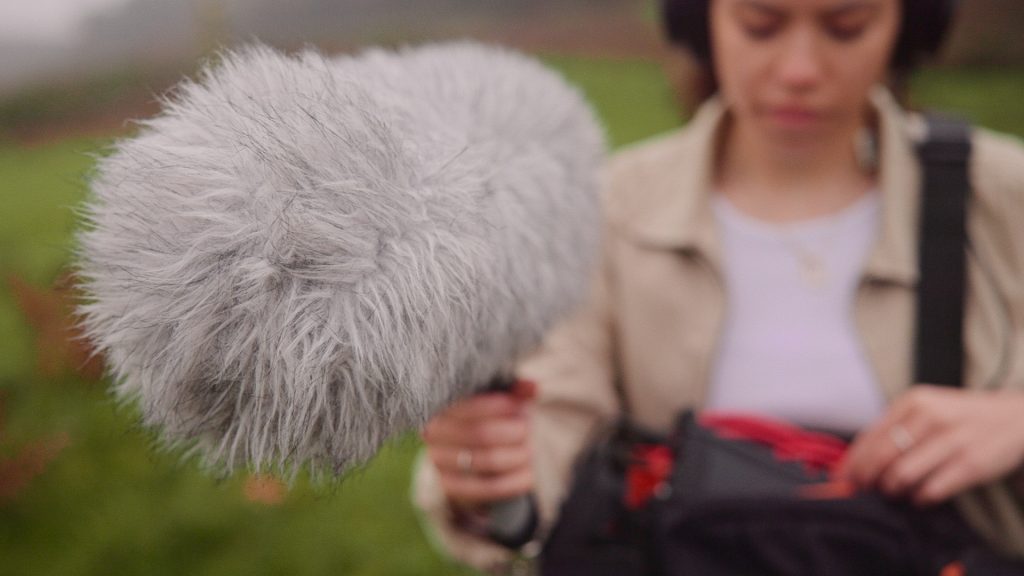
In addition, there are many professional features less commonly used in short film contexts but still worth mentioning:
- Timecode Generation and Sync
- Limiter and Compressor
- Metadata Entry
- Dual Recording
- Integrated Wireless Receiver Slots
- Battery Options and Powering Solutions
- Digital I/O (AES/EBU inputs and outputs)
- Bluetooth Control
- Onboard Effects and EQ
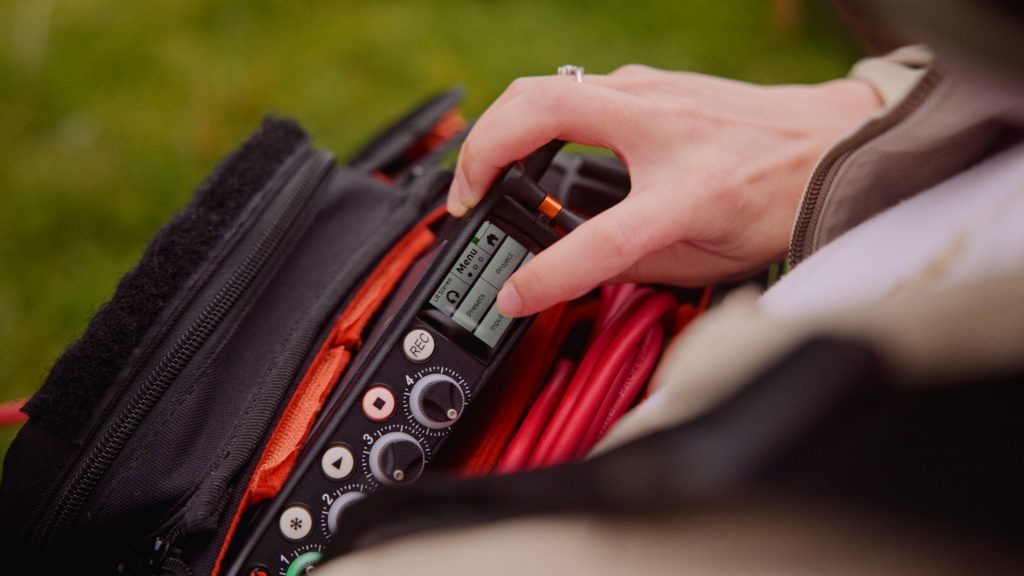
Some field mixers and recorders even come with built-in microphones. While not always the best choice for filmmaking, they’re handy for documentary interviews or ambient sound captures.
Delving deeper into the pre-amp: if you’ve got a microphone connected to a camera with a mini xlr—like the Blackmagic Cinema Camera 6k Pro—and the audio isn’t up to par, the culprit might be the signal-to-noise ratio. It could indicate the microphone’s gain is too low and needs amplification.
Amplifying Microphone Signals
Microphones generate electrical signals corresponding to sound wave-induced air pressure changes. These signals are often faint, especially with microphones catching subtle sounds or being situated far from the sound’s origin. This feeble signal, termed “mic level,” needs amplification to the “line level” for effective processing or recording. The pre-amp plays a pivotal role here.
The signal-to-noise ratio (SNR) contrasts the desired audio signal’s level to the background noise level. A high SNR—where the signal substantially overpowers the noise—is the ideal in audio recording. Even when directly recording into a camera, a low SNR might compromise audio quality.
Rigging a Field Mixer
So, while a camera can be mounted on a tripod or shoulder rig, how should one handle a field mixer?
Field Mixer on a Tripod
Using a tripod isn’t solely about stability; it also streamlines workflow. With a field mixer on a tripod, sound technicians can easily access all controls, which is invaluable in places with limited space or during long recording sessions to reduce fatigue and guarantee consistent audio monitoring.
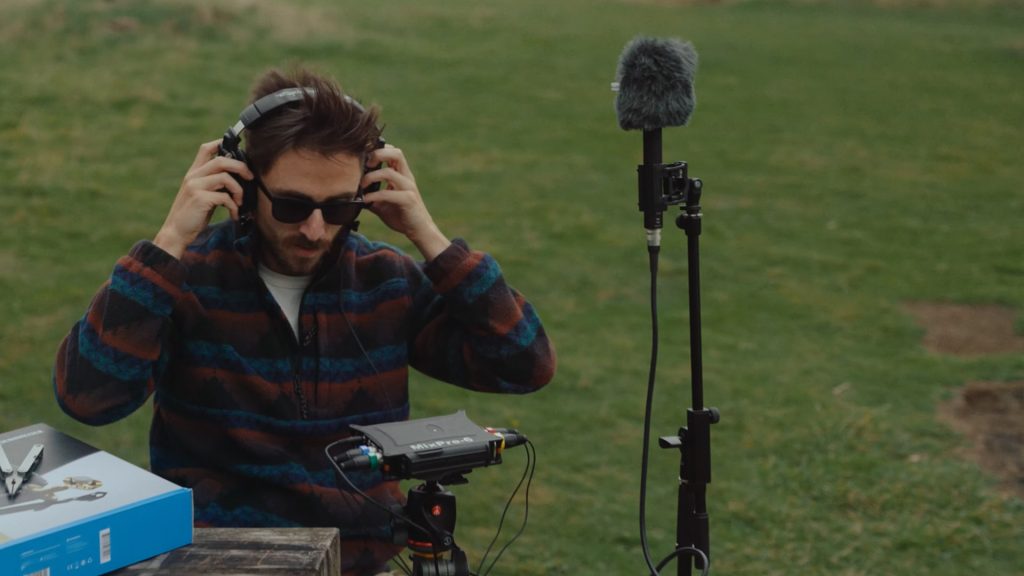
Mounting to a Camera with a Built-In Thread:
Integrating the field mixer with the camera apparatus can optimize simultaneous video and audio captures. Some field mixers have threads compatible with camera rigs or cages, allowing them to be directly attached to cameras. This integrated approach is ideal for solo operators or small teams, centralizing control and ensuring audio remains uncompromised regardless of framing or positioning adjustments.
Securing into a Mixing Bag
For mobile recording—be it on a film set or during documentary shoots—a mixing bag is invaluable. These tailored bags hold the field mixer, wireless receivers, and other gear securely. The mixer face is left exposed for easy access, while cables and batteries stay neatly organized. Worn crossbody or around the waist, it grants sound operators mobility,
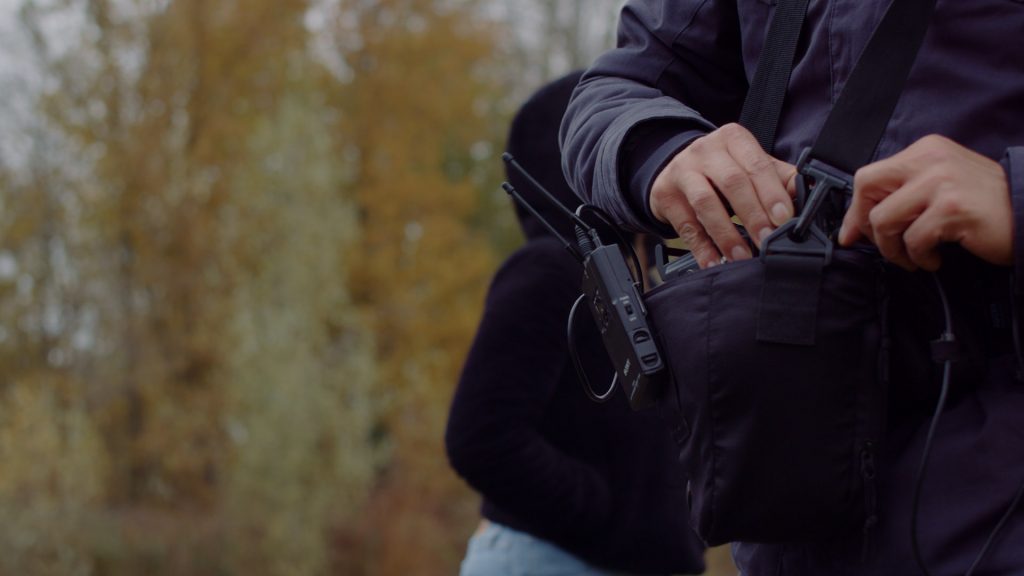
Conclusion
And there we have it, folks! Diving into the world of field mixers is like opening a candy store of sound possibilities – a bit overwhelming but oh-so-sweet (if I started with a pun, I have to end on one). By the way, If you want to know about some best practices, there’s a bonus section in the video.
Looking for filmmaking tips and tricks? Check out our YouTube channel for tutorials like this . . .
